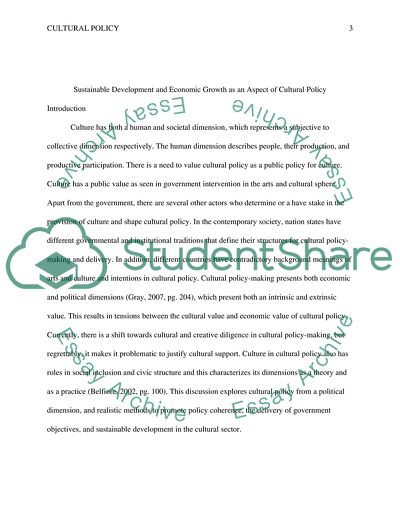Cite this document
(What is Cultural Policy Research Paper Example | Topics and Well Written Essays - 2500 words, n.d.)
What is Cultural Policy Research Paper Example | Topics and Well Written Essays - 2500 words. Retrieved from https://studentshare.org/culture/1876029-cultural-policy-what-is-cultural-policy
What is Cultural Policy Research Paper Example | Topics and Well Written Essays - 2500 words. Retrieved from https://studentshare.org/culture/1876029-cultural-policy-what-is-cultural-policy
(What Is Cultural Policy Research Paper Example | Topics and Well Written Essays - 2500 Words)
What Is Cultural Policy Research Paper Example | Topics and Well Written Essays - 2500 Words. https://studentshare.org/culture/1876029-cultural-policy-what-is-cultural-policy.
What Is Cultural Policy Research Paper Example | Topics and Well Written Essays - 2500 Words. https://studentshare.org/culture/1876029-cultural-policy-what-is-cultural-policy.
“What Is Cultural Policy Research Paper Example | Topics and Well Written Essays - 2500 Words”, n.d. https://studentshare.org/culture/1876029-cultural-policy-what-is-cultural-policy.


